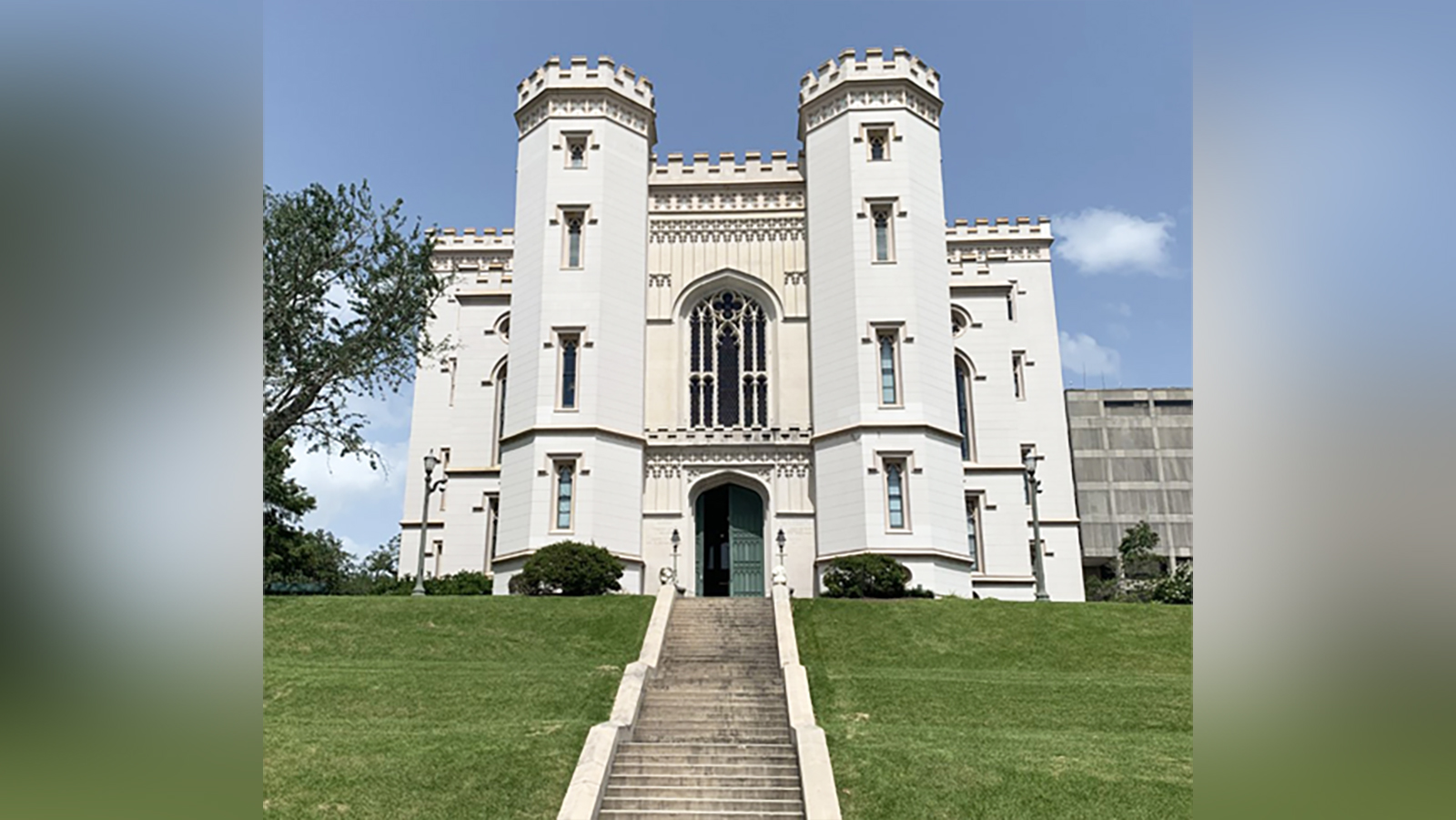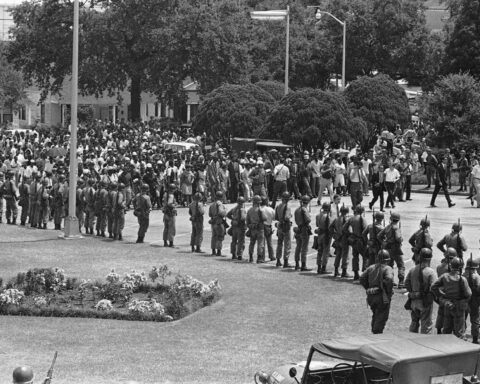“Courage over oppression” is the message the Louisiana Office of Tourism is pressing into with the installation of historical markers memorializing significant locations that were crucial to the Civil Rights Movement around the state.
Similar to the US project of the same name, the Louisiana Civil Rights Trail already has the first three markers in place.
The project began when Louisiana Lt. Gov. Billy Nungesser discovered his state did not have a Civil Rights Trail.
From there, Glenda McKinley told CNN she and her team at GMc+Co Strategic Communications were approached to set the project in motion, and they started by talking to different communities around the state through outreach meetings.
“We traveled about 3,000 miles and held about 22 meetings around the state, and really got to hear firsthand from the people in the community,” McKinley said.
“Some of (the stories) were oral history, some of them were people actually involved in the movement, and it became very clear that we didn’t need to tell the story — the voices who were still here could tell the story.”
The project is two years in the making, and McKinley said that what they got from those meetings really drove the content for the trail.
“The people were talking about the incidents as if they happened yesterday,” McKinley said. “The way they were able to recall every single detail about what happened — it was unmistakably a difficult time, but the pride, the courage, the determination — there were grown men who were able to articulate for the first time how it impacted their lives.”
The historical significance of these locations are marked with a 6-foot tall steel silhouette that resembles a protester holding a picket sign, designed by McKinley’s son Ernest M. English and her art director Benjamin Clay. The markers will be half female and half male silhouettes.
“Any and all of the creative needed to be from the perspective of the people who were on the front lines,” English told CNN.
“At 4 a.m. (the design) just came to me — this is a legacy project for people who were on the front lines… and it needs to make those people proud.”
From the steel silhouette to the bright colors used on each display, the idea of hope and courage is evident to anyone who visits the trail markers.
These three markers are just the beginning, and the citizens of Louisiana have the ability to nominate other locations. From there a committee vets the suggestions and decides if there is enough historical information for a marker, McKinley said.
Dooky Chase’s Restaurant
The first marker was placed on Monday outside of Dooky Chase’s Restaurant in New Orleans. The restaurant was established in 1941 and was founded by Emily and Dooky Chase Sr.
The small sandwich shop that opened in 1939 soon became a popular bar and restaurant that housed a meeting place for music and entertainment, civil rights, and culture, according to the restaurant’s website.
Thurgood Marshall and later freedom fighters such as the Rev. A.L. Davis, the Rev. Avery Alexander, Virginia Durr, and Jerome Smith were regulars as they fought for civil rights in local courts and on the streets of the famous city.
National leaders such as the Rev. Martin Luther King Jr. would join these local leaders for strategy sessions and dialogue over meals in the upstairs meeting room in the 1960s.
Old State Capitol Building
The second marker can be found at the Old State Capitol building in Baton Rouge in honor of the bus boycott. In 1953, over 14,000 black residents of Baton Rouge participated in the first bus boycott in the nation, inspiring others, such as the famous boycott in Montgomery, Alabama, after Rosa Parks refused to sit in the back of a bus.
Across the city people in favor of their efforts went to great lengths to help. Black businessman Horatio Thomas sold gas at cost to the boycott participants, and a predominately white radio station encouraged black residents to boycott and offered carpools.
Little Union Baptist Church
Little Union Baptist Church in Shreveport is the third location. The church, established in 1892, was the last place Martin Luther King Jr. spoke publicly before his assassination in 1968.
In addition, the Rev. C.C. McLain, who led the congregation starting in 1961, was an active leader in the community and another famed Louisiana voice of the Civil Rights Movement. The church also acted as a hub for the NAACP and CORE meetings.


